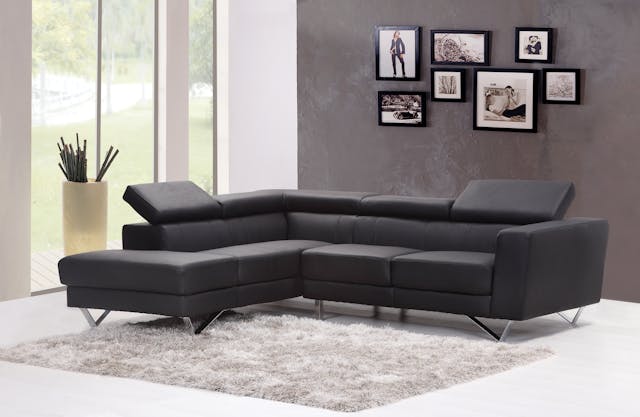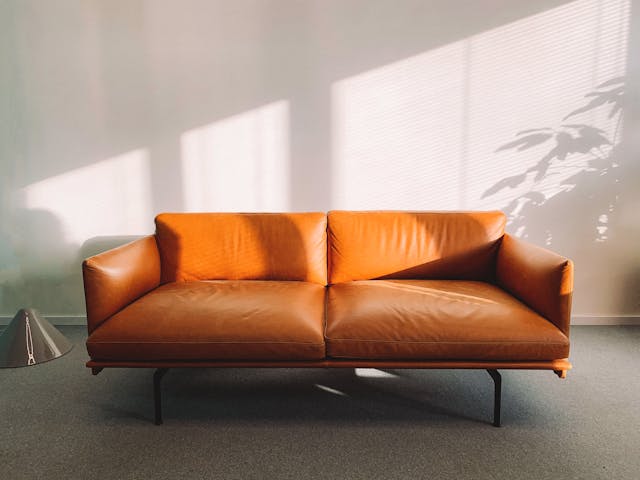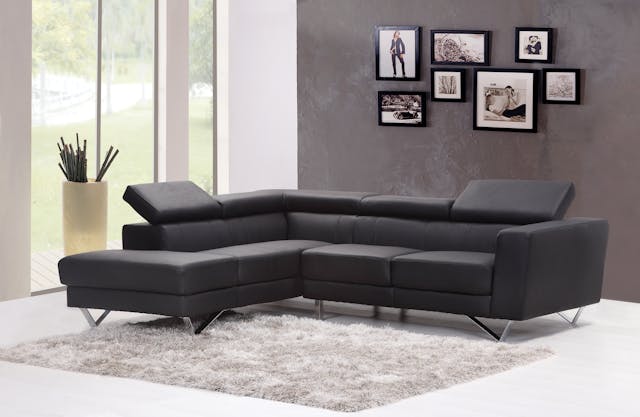Sofa Style Guide: Understanding Different Design Eras and Aesthetics

When it comes to selecting the perfect sofa for your living room, understanding the various design eras and aesthetics can be incredibly helpful. Each style has its own unique characteristics, and knowing these can help you choose a sofa that not only complements your interior design theme but also reflects your personal taste. In this article, we’ll explore some of the most popular sofa styles, from traditional to contemporary, and help you identify which one might be the best fit for your home.
- Traditional Style Traditional sofas are characterized by their classic, timeless design elements. These sofas often feature rolled arms, tufted backs, and ornate wooden legs. Upholstery materials typically include rich fabrics like velvet or damask, in deep colors such as burgundy, navy, or forest green. Traditional sofas work well in formal living rooms or spaces with a more historical or elegant ambiance.
- Mid-Century Modern Style Mid-century modern sofas are inspired by the design era of the 1950s and 1960s. These sofas are known for their clean lines, minimalist aesthetics, and functional design. Characteristics include low-slung profiles, tapered legs, and geometric shapes. Materials often used are leather, wool, or tweed, in earthy tones or bold, primary colors. Mid-century modern sofas are perfect for creating a retro, yet sophisticated look in your living room.
- Contemporary Style Contemporary sofas are all about simplicity, with an emphasis on clean lines and sleek silhouettes. These sofas often feature low backs, metal or wooden legs, and minimal ornamentation. Upholstery materials range from neutral fabrics to bold, graphic prints, allowing for versatility in styling. Contemporary sofas are ideal for modern, minimalist interiors or for those who prefer a more understated look.
- Chesterfield Style Chesterfield sofas are a classic British design that has been popular for centuries. These sofas are recognized by their deep button tufting, rolled arms, and nailhead trim. Traditionally upholstered in leather, Chesterfields now come in a variety of materials, including velvet and linen. These sofas add a touch of sophistication and luxury to any living room, particularly those with a more masculine or library-inspired aesthetic.
- Scandinavian Style Scandinavian sofas embody the principles of simplicity, functionality, and comfort. These sofas often feature clean lines, gentle curves, and light wood or metal legs. Upholstery materials are typically natural, such as cotton, linen, or wool, in neutral or muted colors. Scandinavian sofas are perfect for creating a cozy, inviting atmosphere in your living room, and they pair well with other hygge-inspired elements.
- French Provincial Style French Provincial sofas are inspired by the elegant, countryside homes of provincial France. These sofas are characterized by their curved lines, carved wooden frames, and intricate detailing. Upholstery materials often include luxurious fabrics like silk or brocade, in soft, muted colors. French Provincial sofas add a touch of romance and sophistication to a living room, particularly those with a more feminine or shabby chic aesthetic.
When choosing a sofa style, consider your overall interior design theme, the size and layout of your living room, and your personal preferences. Don’t be afraid to mix and match styles to create a unique, eclectic look that reflects your individual taste. Remember, your sofa is a central piece in your living room, so take the time to find one that not only looks great but also provides the comfort and functionality you need.
By understanding the different sofa styles and their characteristics, you’ll be better equipped to make an informed decision when shopping for affordable furniture uk or visiting a manchester furniture warehouse. With the right sofa, you can transform your living room into a stylish, inviting space that you and your loved ones will enjoy for years to come.




